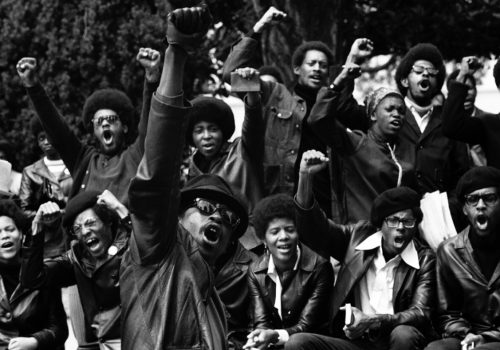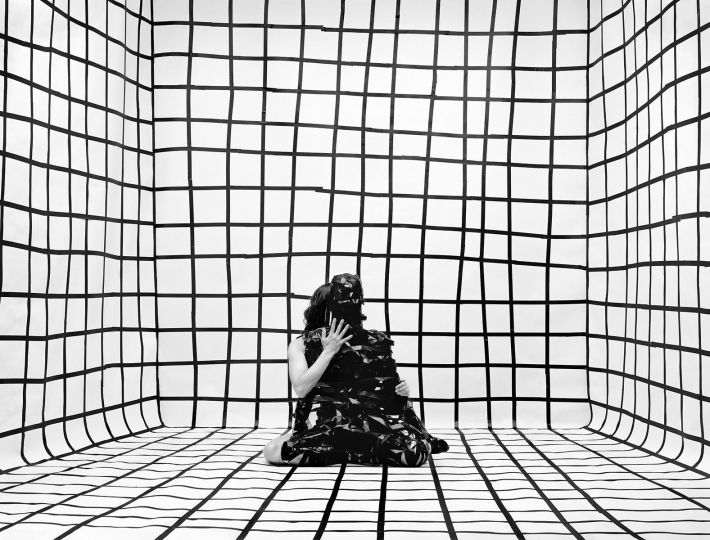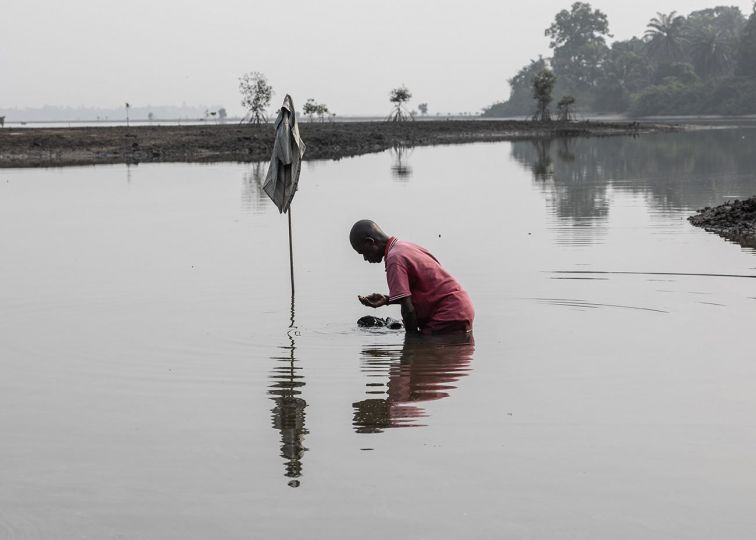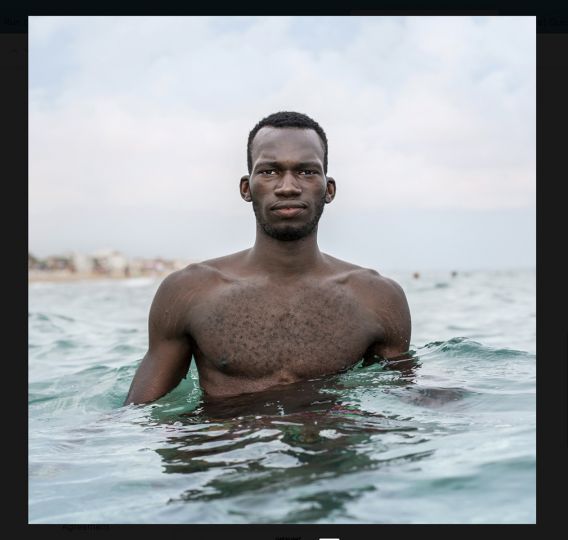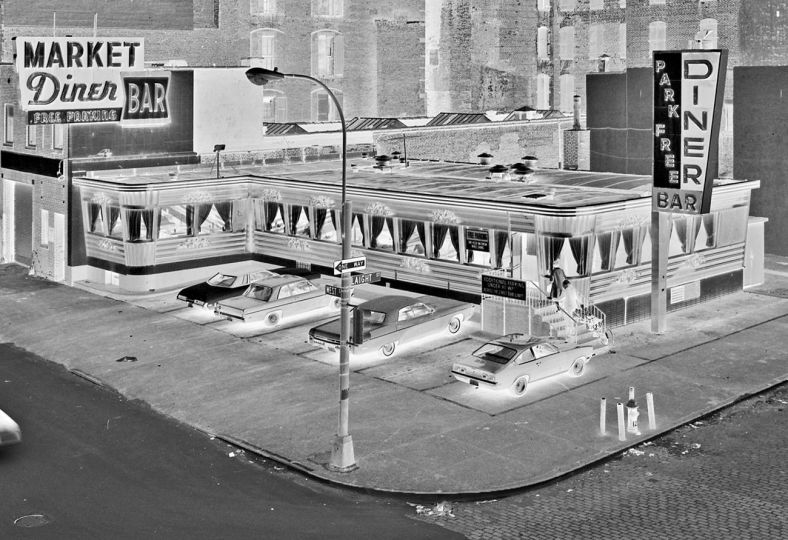The photographer rubbed shoulders with the members of the Black Panthers in the late 1960s. He delivers a precise and beautiful vision to discover at Maison Folie Moulins in Lille.
“I was with them,” says Stephen Shames as a warning to those wishing to watch his photographs of the Black-American struggle led by the Black Panthers political party. At the time, Stephen Shames is still a student at the University of Berkeley and will be interested in what is still a small group of about twenty people. For seven years, he will become their photographer and succeed in gaining their friendship so that he can grasp the backstage of this social movement that fights for the recognition of black Americans in the society of the United States.
The party was founded on October 15, 1966 by two men, Huey Newton and Bobby Seale. The exhibition immediately features their portraits by Stephen Shames as well as those of other personalities who counted in the movement: Eldridge Cleaver, the spokesman, or Angela Davies, another leader of the party who took the particular defense of women and homosexuals. The portraits of Stephen Shames are elegant, benevolent. We immediately feel the complicity of the photographer with his model; complicity that nourishes true, authentic and precious images.
Breakfast
Valuable because the history of the Black Panthers is rather unknown and the movement remains controversial in the minds today. The curators of the exhibition François Cheval and Audrey Hoareau admit that many institutions have refused to host the exhibition with prejudices about the movement, including thinking that the Black Panthers were a violent and anti-white group.
“Even today it’s hard to talk about it,” says the photographer, “for example, television in the United States has never talked about the book I made on the subject.” It will also have, in the late 1960s, suffered many refusals of publishing houses too cautious to the idea of showing these images. Images that are essential to understand this movement and in particular the fact that it was not only a protest organization – with its lot of public demonstrations – but a real political party extremely well established in the black-American community and fully to reduce social misery and exclusion. “No child should go to school hungry,” said one of the movement’s founders, Bobby Seale. In fact, the Black Panthers will offer a free breakfast for children in the neighborhoods where they were located.
Documentary Fund
Stephen Shames photographs these moments where children devour cereals and bread under the benevolent eye of the members of the Black Panthers. “You have to imagine that they were doing a lot more than demonstrating, they had an active role in the community and they were very much in favor of their help, for example, accompanying an elderly person doing his shopping to avoid being attacked on the street. way, “explains Stephen Shames. With this complicity he develops with them, the photographer manages to capture all the actions of the party and interferes so that it is a documentary fund that reflects wonderfully what was going on then.
Stephen Shames records the anger and joy that emanates from the demonstrators holding a fist in the air or screaming with rage and hope. Also, it shows how much the movement was also a matter of style, of attitude and that the members were cultivating, wearing a beret on the head and a leather jacket on the shoulders.
Guns
An imagery of a political group struggling. Bobby Seale and Huey Newton had put together a ten-point program – presented at the entrance to the exhibition – where they listed things to do if they won the elections: eradicate unemployment, equal treatment with women, new trial for black Americans held in prison, the end of police violence against this population. As such, Stephen Shames denounces this violence through a very explicit photograph: a poster famous then, representing Huey Newton, is riddled with bullets from police pistols. Other striking images: the burial of a prominent member of the community, George Jackson, murdered in prison in obscure circumstances. Stephen Shames takes the poses of the party members at the funeral, the flag showing a furious black panther tied to the balcony of the church.
Moon
Through his friendship with members of the movement, the photographer really knew how to capture all the mechanics of the party and its discrete backstage. For example, he photographs all the activity around the publication of the newspaper of the Black Panthers – the exhibition presents it in shop windows and the visitor is distributed an facsimile of a newspaper where are written various information concerning the photographer and the Black Panthers. Stephen Shames also reports the words written by the protesters on their signs: “Free Bobby Seale” for example while the leader is in prison, but also the words that populate the walls of the neighborhoods where live the Black Panthers. On one is written: “We the Black must rise” / “We Black Americans must lift us up”. On another there is marked: “The moon belongs to the people !!! »/« The moon belongs to the people !!! “. A slogan all the stronger as the man had just made his first steps on the moon and that man was white.
Jean-Baptiste Gauvin
Stephen Shames, Power to the People – The Black Panthers
From September 29, 2018 to January 6, 2019
Maison Folie Moulins
47/49 Rue d’Arras
59000 Lille

